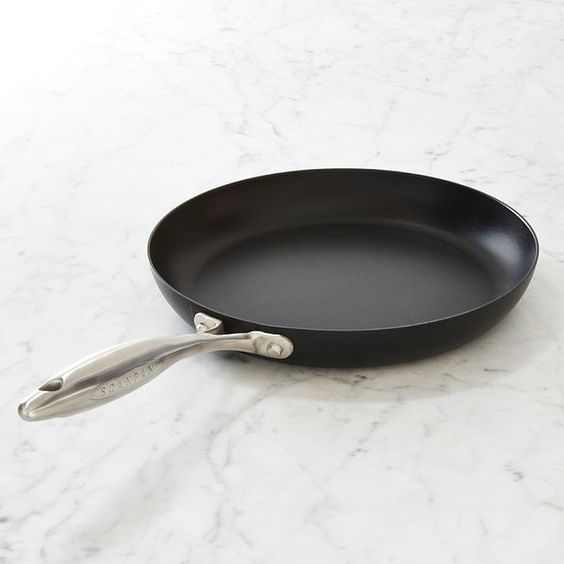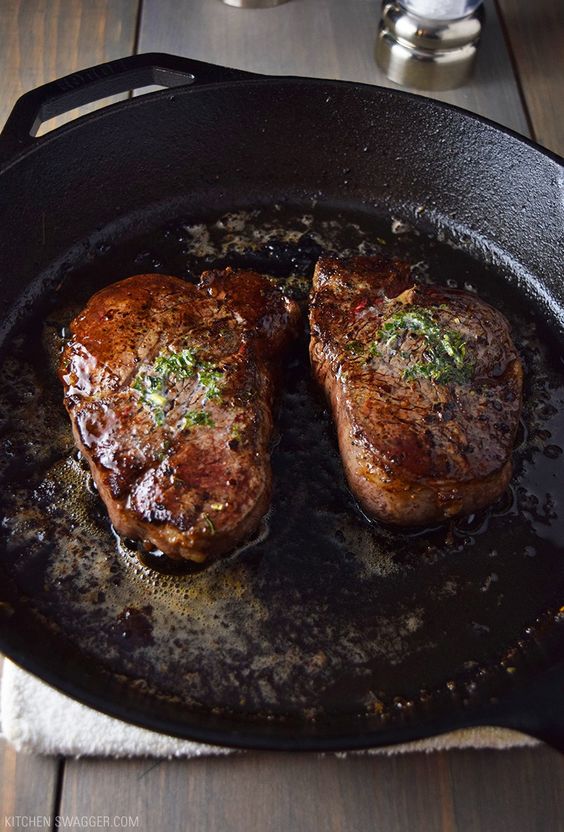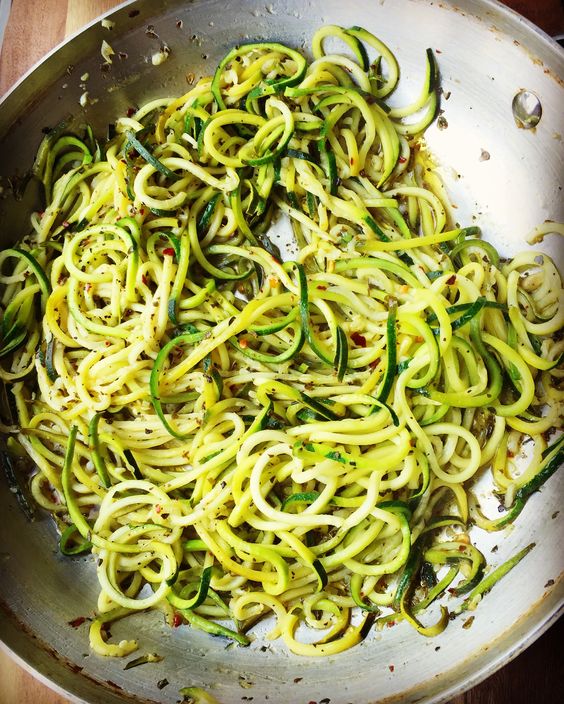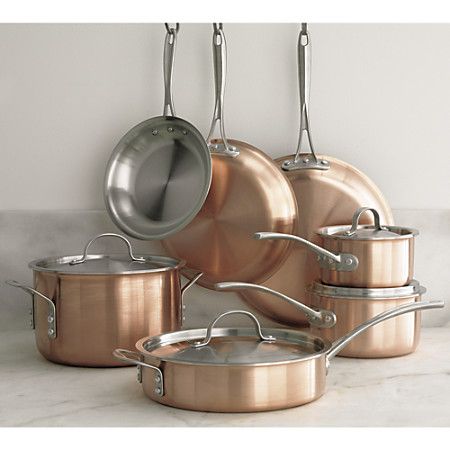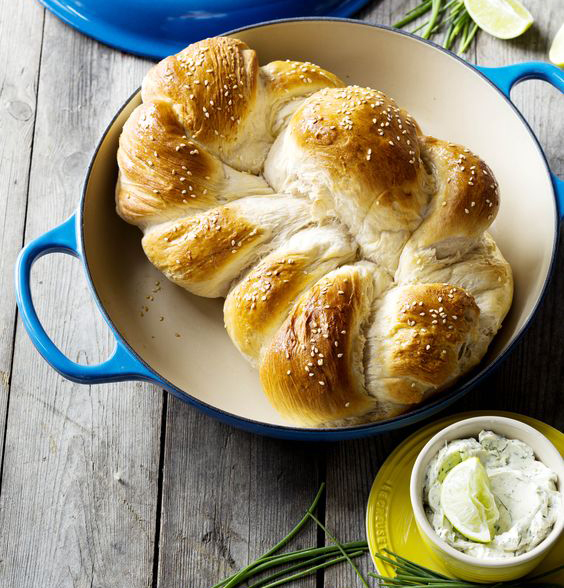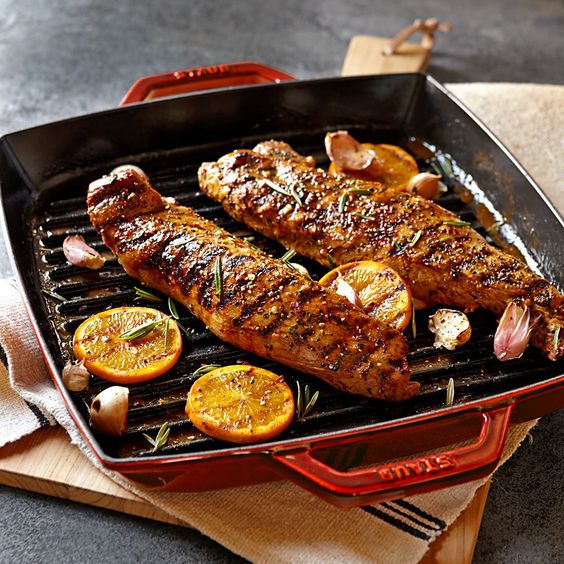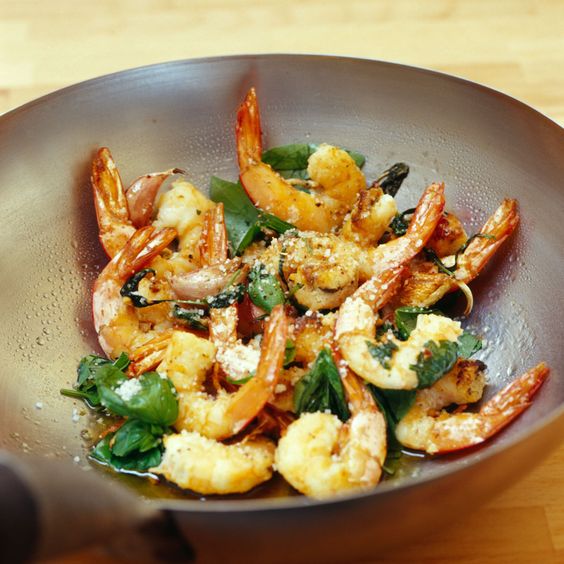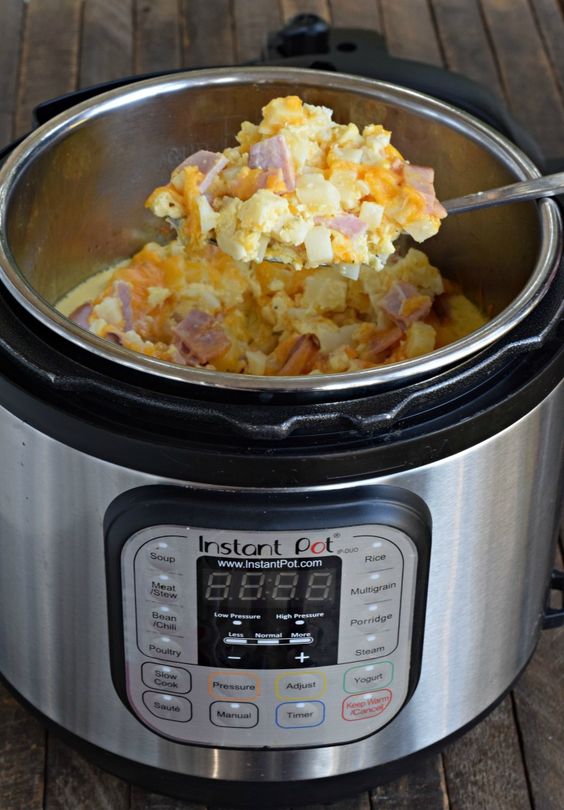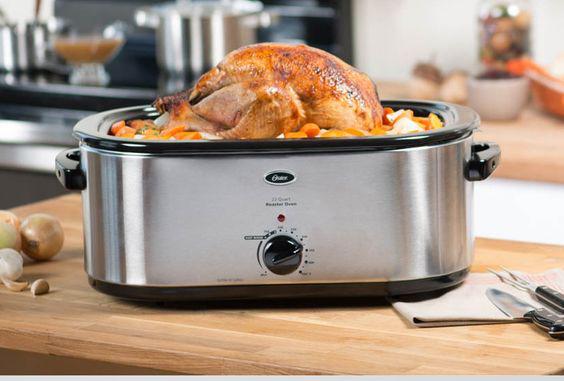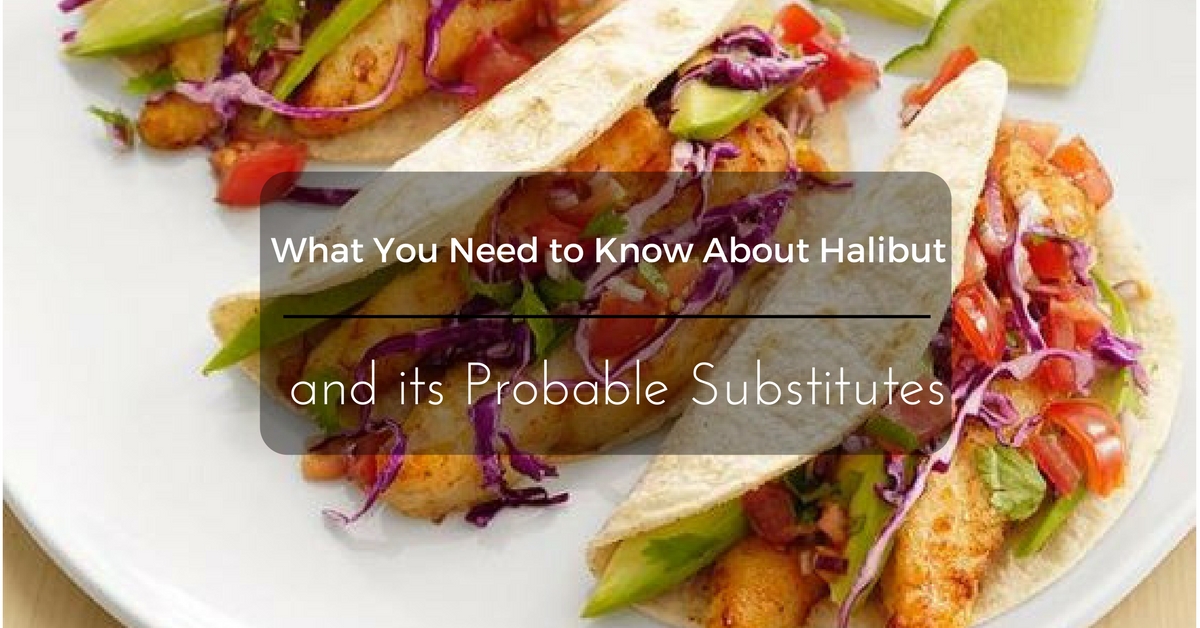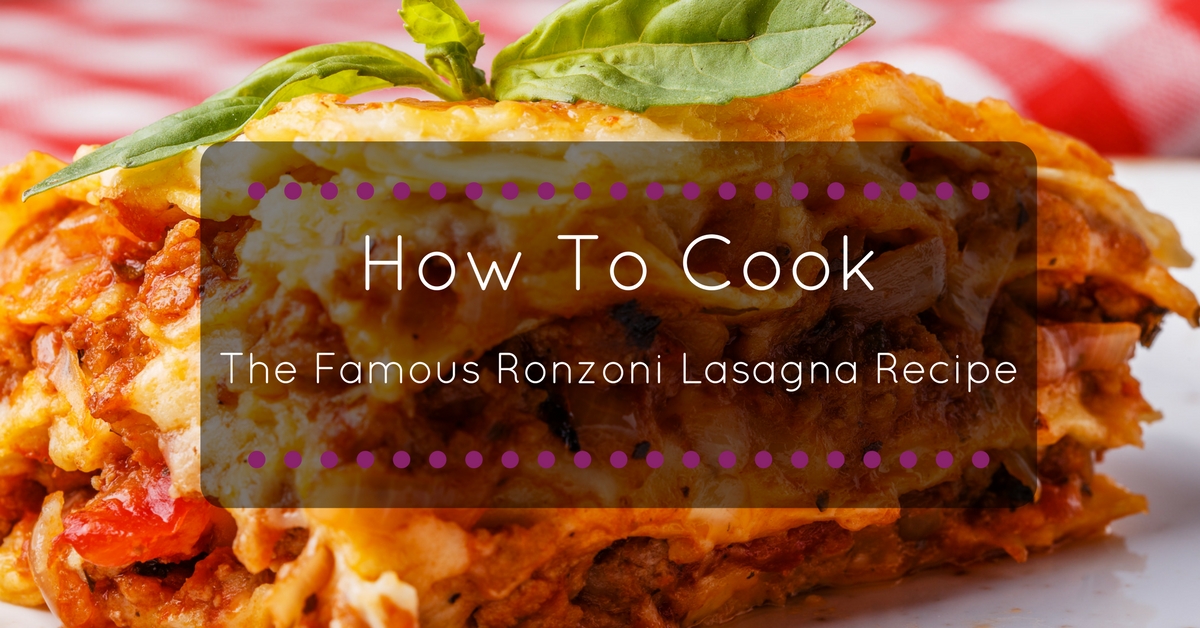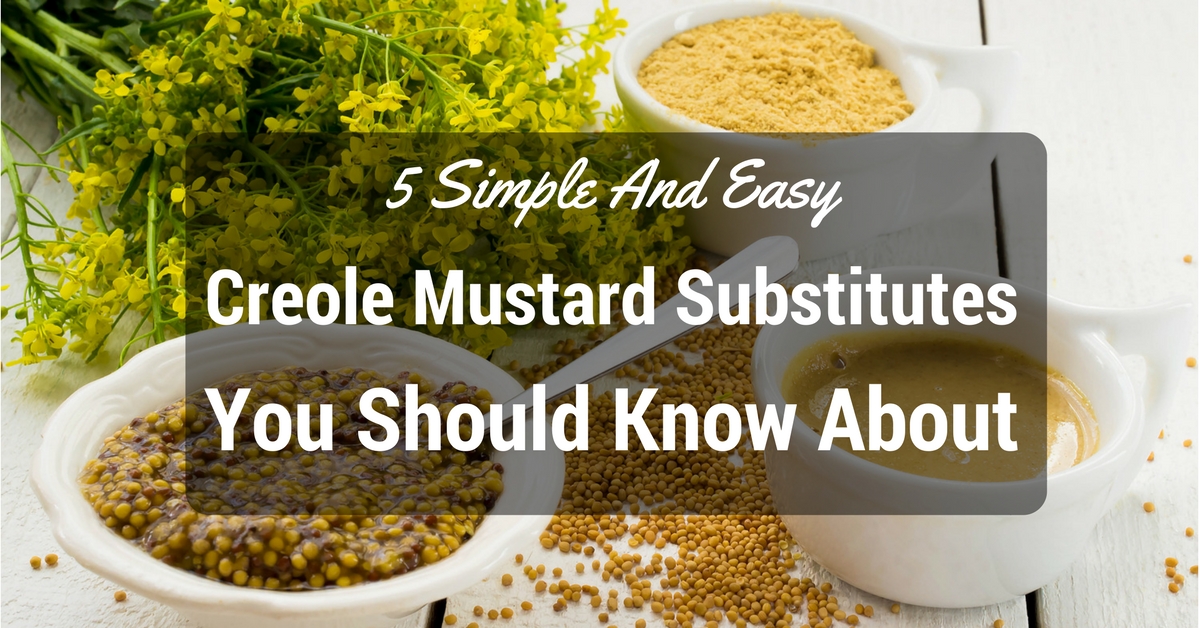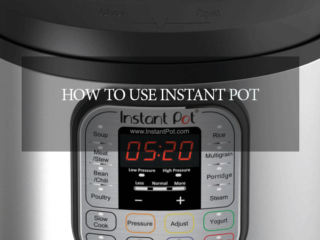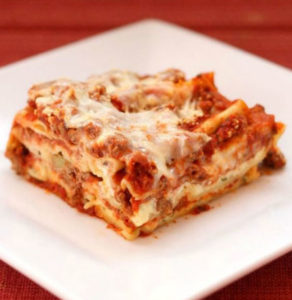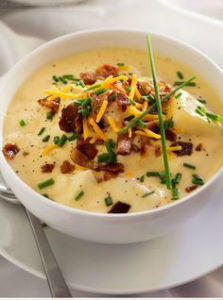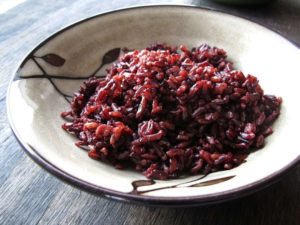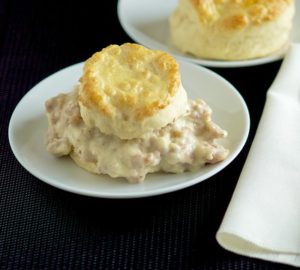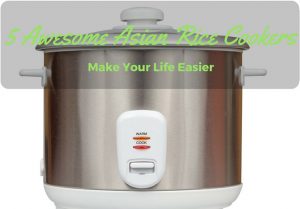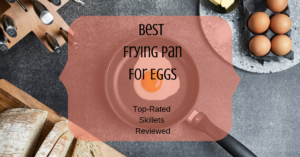Some of us may be into cooking and might even be pursuing a career in the chef’s world. It might be interesting to know, what kind of pots and pans do chefs use?
Based on some online research, most chefs have their own personal favorite kitchen equipment, even pots, and pans. Some stick to the traditional tools for cooking, while some are more adventurous when it comes to trying new innovations.
Inside a simple and average home, people, including myself can be contented with the basic pots and pans and cook everything in the same pot or pan, and choose what to use by size, depending on the quantity of food we’re preparing.
Sometimes just a simple frying pan, a small pot and a big pot do the job for all our cooking needs. Well, prepare to be amazed and discover more kinds of pots and pans.
Having said that, let me cite what pans do chefs use and maybe include some modern ones too, also what we use them for.
More...
9 Kinds of Pans Chefs Use In Their Kitchens
Frying Pan
This is a kind of pan with a flat bottom and rounded edges. These pans can be made of different kinds of metals. Sometimes made of stainless steel, or can also be made of iron and coated with Teflon which makes it non-stick.
Nowadays, the manufacturers have come up with innovations and discovered different materials that can be used for coating frying pans. To mention some - ceramic, and even diamond or titanium, which you can probably expect to me much more expensive than the first ones I have mentioned.
Oh, and while the name of this pan suggests that it is used for frying, we can also use the frying pan for searing meat and fish, or pan roasting - although this kind of pan is the thin kind, and high heat is not suggested if we want to make sure that the meat is cooked in the inside as well. The frying pan is also a shallow pan, so we can only use a small amount of oil when frying. By the way, the frying pan is also considered as a kind of skillet.
Cast Iron Skillet
The name pretty much says what this pan is made of - cast iron. Cast iron, as defined by Wikipedia, is a group of iron-carbon alloys with a carbon content of greater than 2%. It is used for making pans because of its low melting possibility, or in other words, this kind of metal does not melt easily.
A cast iron skillet has the same use as a frying pan. The main difference is the material they are made of, making the cast iron skillet much heavier than the ordinary frying pan. This pan has to be pre-seasoned (coating the surface with cooking oil) before use to make it non-stick.
When done with using the pan, you just have to wipe it with a clean cloth or disposable paper towel, and you’re ready for its next use. It is not recommended for this pan to be washed with soap and water as it will cause whatever you will cook to stick to the pan.
Saute’ Pan
This pan is, of course, meant for sautéing, which means to fry and move the food around the pan, mixing the ingredients together and blending their flavors well. Sautéing usually requires very little cooking oil. This is almost the same as the frying pan if you will look at it, but the slight difference is - it has straight edges, and a little deeper, so it can be used for deep frying, searing, and cooking sauces.
Sauce Pan
This is small in circumference but tall pan with a rounded bottom. It usually comes with a lid, but can also be used with or without it. Use it with the lid for food that needs boiling, such as eggs, noodles, or reheating food with sauces or soups. Use it without the lid if you need to evaporate some or most of the liquids.
Braiser Pan / Braisers
A large, flat-bottomed pan with a moisture-locking lid. Used to brown food on the stove, or slow-cook inside the oven. This pan is elegantly designed in a way that you can use it to serve the food you cooked - from the stovetop/oven - straight to the table.
Griddle / Grill Pan
Usually square in shape, flat, or sometimes with grids, looks like a small square tray with a handle. Also made of iron and usually coated with Teflon to ensure that the food will not stick to the pan/grill. Great for cooking breakfast meals such as pancakes, hot dogs, and eggs. Also good for grilling such foods as burger patties, steaks, chicken fillet, sausages, even tomatoes, eggplant, and a lot more.
Wok
This is very much associated with Asian cooking. It has a very smooth slope, no edges, the bottom is totally round, and has two handles on opposite sides. The wok is used for stir-frying veggies, and is also very famous for cooking noodles, noodles...and noodles! The wok is a very good instrument whenever you would like to cook veggies to a crisp, and not soggy.
Overwhelmed with the different kinds of pots and pans yet? well , brace yourselves and prepare to be amazed! Here’s just a few more.
Pressure Cooker
This is how you can tell that chefs can “cook under pressure”...kidding aside, this is a real time saver. This buddy can actually shorten your cooking to as much as less than half the time.
Talking mainly about tenderising tough meat like beef for example. It could sometimes take hours to tenderise meat, but with the pressure cooker can do the job in less than an hour.
How it works - the lid is tightly sealed, so steam builds up inside the pot while the liquid is boiling, which creates a higher temperature, thus, shortening the cooking time. Aside from saving time, the pressure cooker also helps save gas, or electricity, which ever you use at home for cooking.
Roasting Pan / Roaster
A large rectangle shaped pan, about three inches tall, with two handles on the sides for easier handling. The low sides allows the heat from the oven to reach as much food as possible. The roaster also comes with a rack so you can let the fats and juices drip off, in case you would like to separate it from the food. To give you a better idea of the description, it is best used for roasting chicken or turkey. Thus can be called as one of the chef’s favorites during the holiday season.
The Bottom Line
When shopping for pots and pans, notice that the prices for the same items vary. There are really cheap ones, but make sure the quality is not compromised. If you are on a budget, I would suggest that you buy the average-priced ones.
One thing though, make sure you have enough time to do your shopping. Take time to explore and check out the expensive ones. Observe why they are priced as such. Take the time to look at them and feel the materials, the weight, the durability, and the beauty. It actually inspires us and motivates us to enjoy the art of cooking.
If you have any questions about this article, please do not forget to leave some feedback below. I’ll get back to you as soon as I can. Thank you!

